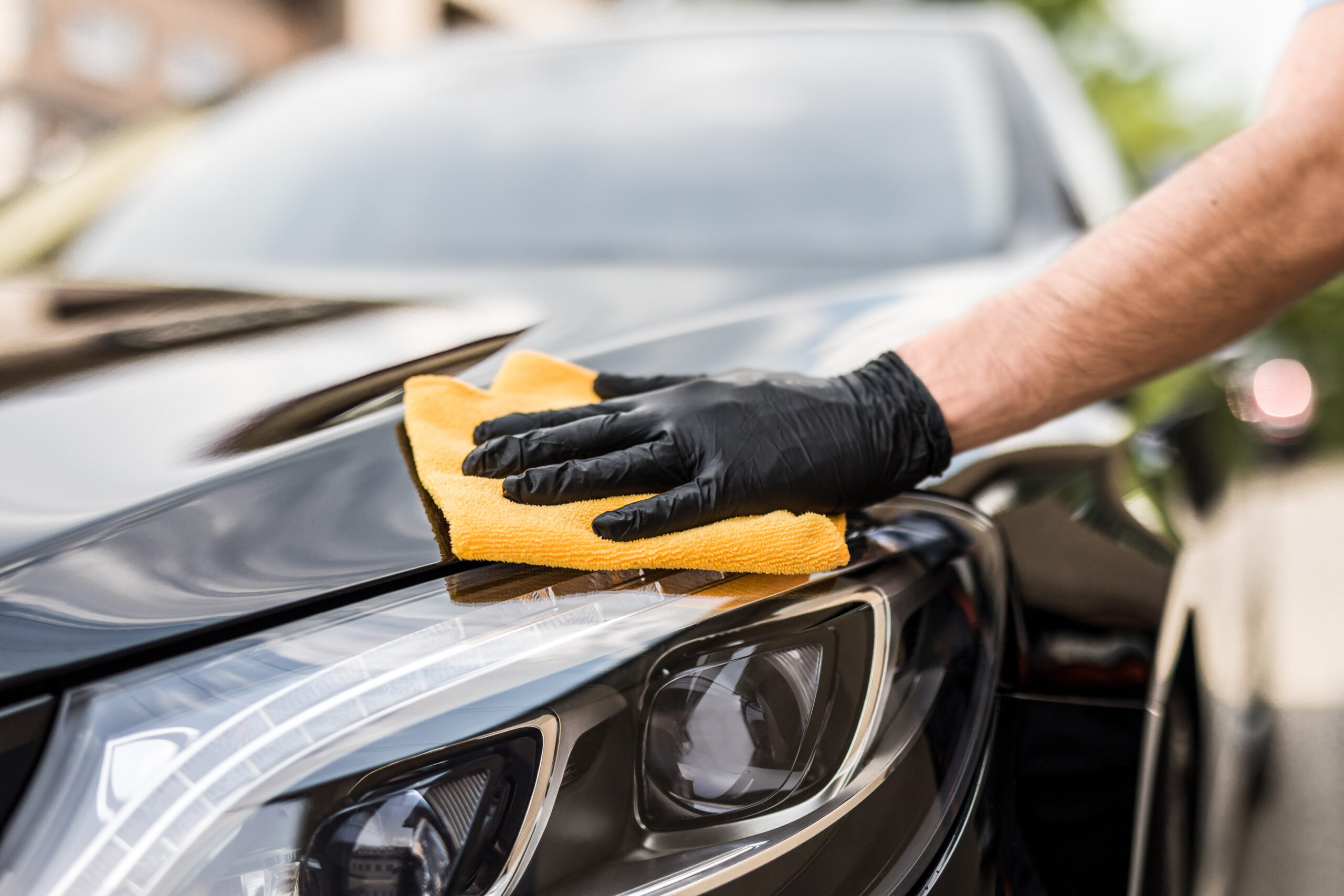
Ready & Waiting To Assist!
Congratulations, your vehicle is protected with a ceramic coating installed by Prime Care! Here are some dos and don’ts, best practices, and things to avoid in order to keep your car looking its best for as long as possible. When in doubt please give us a call before experimenting!
Avoid at all costs:
Instead of friction washes:
At home, avoid at all costs:
Instead for a basic home wash, do use:
Best at home wash practice:
I will describe an ideal method for washing your ceramic coated vehicle. As with any other wash method, you can omit unnecessary steps if your vehicle is not very dirty, or you do not have each of the pieces of equipment that I mention. This is just to give you an idea of what is important to think about during your washes.
If you are used to the concept of a wash-and-wax soap, or otherwise wish to take your home washes to the next level, you can further increase your level of protection with Shield Bath by Majestic Solutions. Shield Bath is best used with a foam cannon attached to a pressure washer so it is ideal for enthusiasts. This is not necessary to maintain your ceramic coating, but will top off your hydrophobics with every wash with technology that works together with your ceramic coating.
BUGS: Ceramic coating will drastically reduce how many bugs stick to the front of your vehicle, but some will definitely stick. If you are having trouble with bugs on your paint, (in the shade) spray some glass cleaner on the bugs, wait about 10 seconds, and wipe them away with a microfiber towel. If the bugs have been on the car too long for that to work, give us a call.
TREE SAP: A ceramic coating will drastically increase the time it takes for tree sap to damage your paint, but sap should still be removed as soon as possible. If the sap is soft and fresh, some acetone (some nail polish removers) or mineral spirits on a microfiber towel should safely dissolve the sap. Don’t scrub, just lightly move the towel over the affected area. If the sap has hardened, it might not react to any solvents. In this case, you may need to carefully break the outer shell of the sap with a fingernail in order to get the chemicals working. If it is being stubborn please just give us a call before reaching for the Scotch Brite or kitchen sponge.
BIRD DROPPINGS: The most important thing to realize about bird droppings is that they contain sand! Birds eat little bits of sand and rocks for digestion and that can scratch your paint if removed improperly. The safest way to remove bird droppings is to soak a paper towel large enough to cover the affected area in water, and place it over the bird dropping to rehydrate and soften it as much as possible before removing. After a few minutes, or you feel the area is softened enough, lift the paper towel and discard. Wipe away the bird dropping with a microfiber towel (or second wet paper towel) carefully rolling/lifting the towel away from the paint as you go so that you are not dragging sand across the paint.
